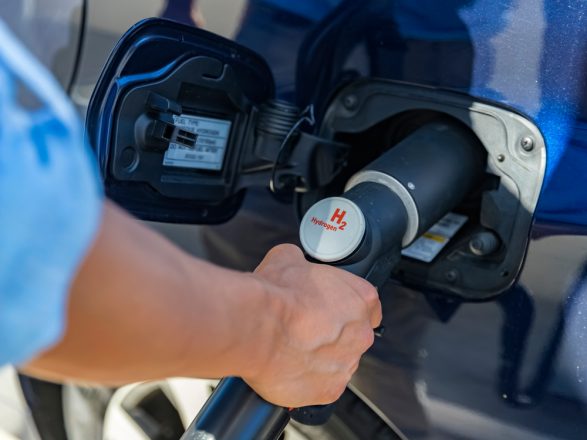新西兰第一座绿色氢气工厂已正式投产。位于陶波的1.5兆瓦绿色氢能发电厂由Halcyon Power建立,使用附近的Mokai地热发电厂发电。Halcyon Power 是 Tuaropaki Trust 和总部位于日本的 Obayashi Corporation 的 50/50 合资企业。
根据 Halcyon Power 项目经理 Aya Inagaki 的说法,该工厂的调试现已完成。委托后将进行尽职调查,并应在2021年底之前完成。
据我们报道,绿色氢能发电厂自2018年以来一直在开发中,并于2020年开始建设。Tuaropaki首席执行官史蒂夫·默里(Steve Murray)表示,该工厂预计将于2022年1月开始在国内批发氢气,第一年将生产约180吨氢气。该工厂的长期目标是为包括运输、储存和加油在内的完整氢供应链做出贡献。
默里解释说,绿色氢气不仅为化石燃料提供了更具可持续性的替代品,而且为工业过程中的煤衍生氢提供了一种更具可持续性的替代方案。“Halcyon Power符合我们的价值观,以保护我们的环境并倡导替代可再生能源的研究和开发。”
“在帮助新西兰实现脱碳的同时,该项目为该国出口氢气和与氢相关的知识产权作为运输燃料开辟了潜力。”Murray 补充说。
Tuaropaki主席吉娜·兰吉(Gina Rangi)还提到,绿色氢气发电厂是朝着实现新西兰到2050年温室气体净排放零的目标迈出的重要一步。
Obayashi Corporation总裁Hasuwa在预先录制的视频讲话中说:“我们将与Tuaropaki一起研究在新西兰建立涵盖生产、运输和应用的氢供应链,并为该国的绿化做出贡献。”
资料来源:Scoop



























































